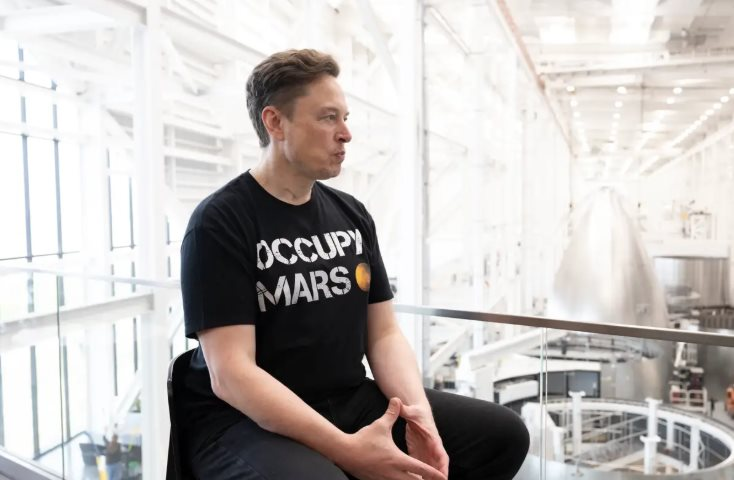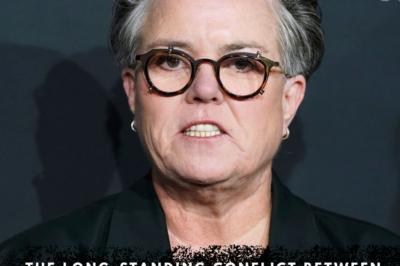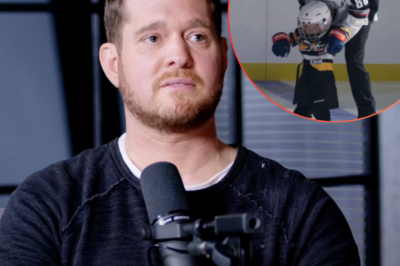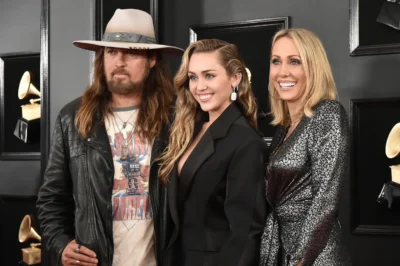Elon Musk is blurring the lines between the companies he owns and runs.

Elon Musk has teased two potential moves this week to inject capital into his artificial intelligence (AI) company xAI through his vast business ecosystem.
Musk said over the weekend that Tesla shareholders would vote on a potential investment in xAI, responding to a Wall Street Journal report that SpaceX was considering investing $2 billion in the AI startup. Earlier in the week, the billionaire also announced that xAI’s Grok chatbot would be integrated into Tesla vehicles “as early as next week.”
Musk’s AI leanings aren’t a surprise — he’s emphasized it repeatedly on Tesla’s earnings calls over the past year. But what sets his strategy apart, analysts say, is how he’s blending the boundaries between his companies.
“What’s different here is the relationship and the intertwining of the private companies and the public company (Tesla),” Garrett Nelson, senior vice president and equity analyst at CFRA Research, told Business Insider. “Most other companies have everything under one roof.”
This isn’t the first time Musk has blurred the lines between companies, but it’s the latest sign that “Musk Inc.” — the collection of companies under his control — is pivoting aggressively toward AI.
Tesla is not just a car company, but an “AI robot company”
Musk has long pushed to position Tesla as an AI and robotics company, prioritizing projects like autonomous driving, humanoid robots (Optimus) and the development of the Dojo supercomputer — an ambitious effort to compete with Nvidia.
“We should be seen as an AI robotics company,” Musk said during the 2024 quarterly earnings call. “Anyone who thinks Tesla is just a car company is looking at it the wrong way.”
The recent launch of a robotaxi service in Austin further highlights this direction, especially as Tesla’s traditional car division struggles with sales.
Musk has touted “Muskonomy”—a concept that describes the benefits of investing in his empire (which includes SpaceX, X, xAI, and The Boring Company)—as a way to give shareholders access to the entire Musk ecosystem. He has even said he would prioritize Tesla’s long-time shareholders if one of his companies went public.
Garrett Nelson believes that Musk’s cross-company resource sharing could help Tesla meet its AI needs, especially with its self-driving ambitions: “Tesla needs a huge amount of data if it wants its autonomous driving model to be successful and scalable. That requires building a global neural network.”
However, sharing resources between companies also carries risks.
The dangers of Grok chatbots and “controversial” priorities
Last week, the Grok chatbot sparked controversy with anti-Semitic comments on the X platform, raising concerns about integrating the AI into Tesla electric cars. xAI later apologized and said Grok’s extreme responses were due to an algorithm update to prioritize interactions, which may have reflected extremist content from X users.
Last year, Musk also worried investors by transferring $500 million worth of Nvidia chips from Tesla to X and xAI. When questioned at Tesla’s shareholder meeting, he said it was beneficial because Tesla did not have the infrastructure to use the chips at the time.
According to Gadjo Sevilla, an analyst at EMARKETER, Musk may be relying on Tesla and SpaceX—more “mature” companies—to feed xAI. However, he also pointed out that Musk’s move from Tesla to xAI shows that he prioritizes AI, and that could slow down innovation at Tesla.
“The strategy of siphoning resources from one company to prop up another could be damaging,” Sevilla said. “Especially when other automakers are going all-in on electric vehicles.”
Musk now appears to be ruling out a merger between Tesla and xAI. When asked by an X user whether shareholders should consider merging Tesla and xAI, Musk replied simply: “No.”
BURN MONEY
While investing in AI may make strategic sense, it comes with an extremely high cost.
Developing, training and deploying foundational AI systems like xAI’s Grok 4 can cost tens of billions of dollars.
In March, Musk announced that xAI had acquired X in an all-stock deal, valuing the AI startup at between $33 billion and $80 billion. Since founding xAI two years ago, he has raised a lot of money—about $12 billion in Series A, B, and C rounds last year.
However, xAI is expected to spend about $13 billion this year, and is burning through money very quickly.
Musk’s cost challenge is not an isolated case. In a letter to the California attorney general in May, OpenAI also expressed concerns about competing with rivals “with much greater financial resources.”
Meanwhile, tech giants Amazon, Microsoft, Google, and Meta show no signs of slowing down their AI spending. Financial reports at the beginning of the year show that the group’s total capital expenditure (capex) is expected to exceed $320 billion in 2025, up from $246 billion in 2024. Amazon is expected to spend more than $100 billion on AWS and AI infrastructure. Meta said it will spend $60-65 billion on capex this year alone.
Not to mention, on Monday this week Mark Zuckerberg announced that Meta will spend “hundreds of billions of dollars” to build superintelligence. Meta’s stock immediately rose 1.3% on this news – showing that investors are not worried that the company is spending too much on AI, but rather, are worried that not spending enough will cause it to fall behind.
News
The long-standing conflict between Rosie O’Donnell and Donald Trump flared up again after she called for the president to resign.
Rosie O’Donnell demands Trump’s removal from office over Kennedy Center honor in latest tirade White House previously said O’Donnell suffers…
Ella Langley Just Accomplished Something No Other Solo Female Country Artist Has in This Decade
Ella Langley has added another entry to the record books. The country singer’s track “Choosin’ Texas” has been collecting records…
Blake Shelton and John Legend’s Christmas party was chaotic. And the Christmas tree wearing a tattered cowboy hat was the highlight!
Blake Shelton’s Christmas Tree Topper Had John Legend Frazzled: “What Is This?” If only The Oddest Couple, starring The Voice Coaches, became a…
MICHAEL Buble has given fans a rare glimpse into his home life following his shock departure from The Voice.
Michael Buble gives rare glimpse into his home life as he releases surprise documentary after leaving The Voice The singer, 50, stepped…
The lawsuit involving a woman claiming to be Miley Cyrus’s mother has become even more outrageous after she decided to reveal the truth about the story.
Woman Who Claims To Be The Mother Of Miley Cyrus Reveals Why She Chose That Name…Except Miley Isn’t Actually Her…
The country singer admitted that he not only swam naked in Jason Aldean’s pool but also urinated in it.
Country music star admits he went skinny dipping and peed in Jason Aldean’s pool Country music singer Tyler Farr revealed…
End of content
No more pages to load












